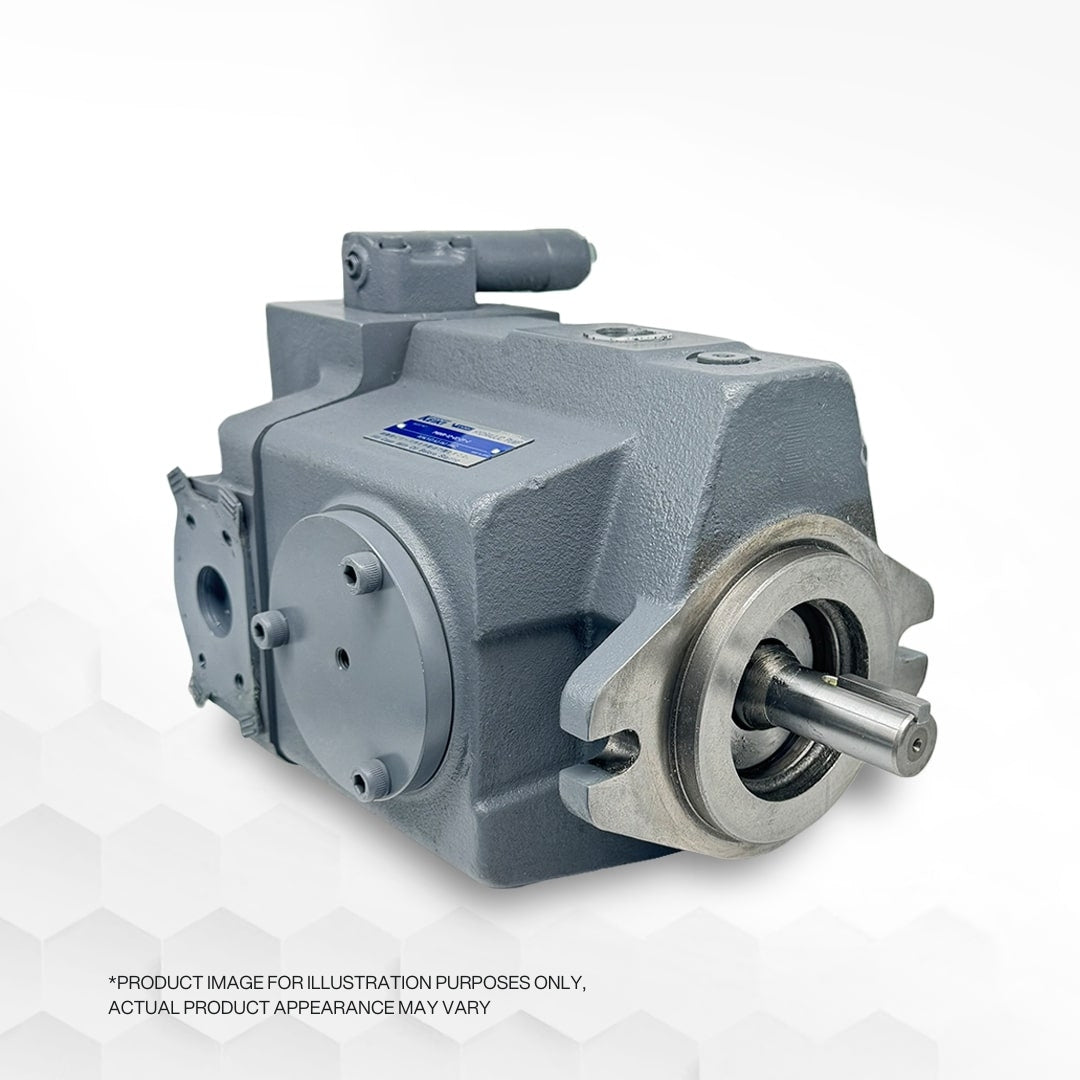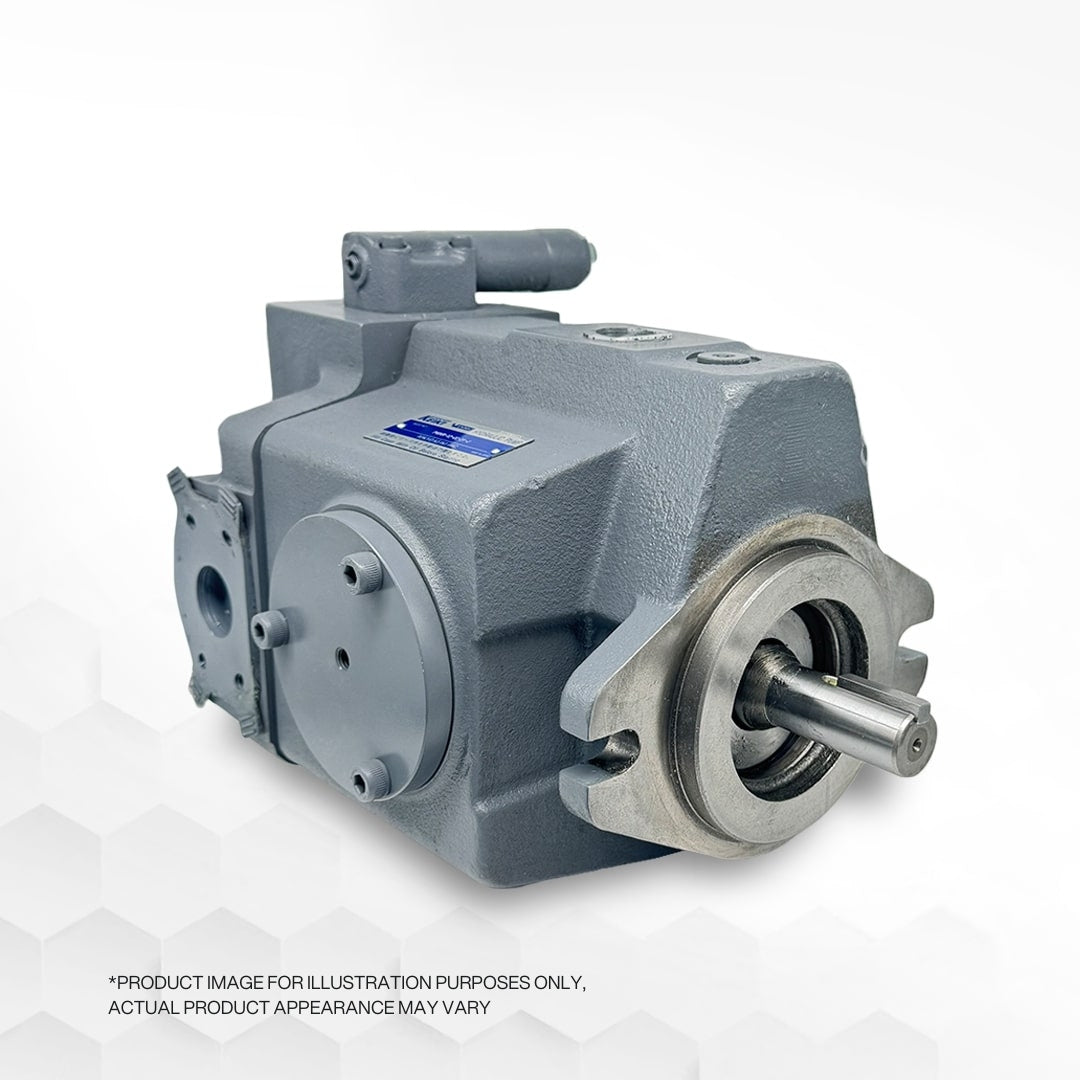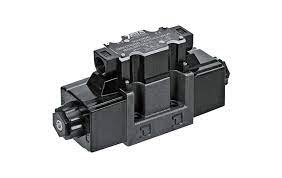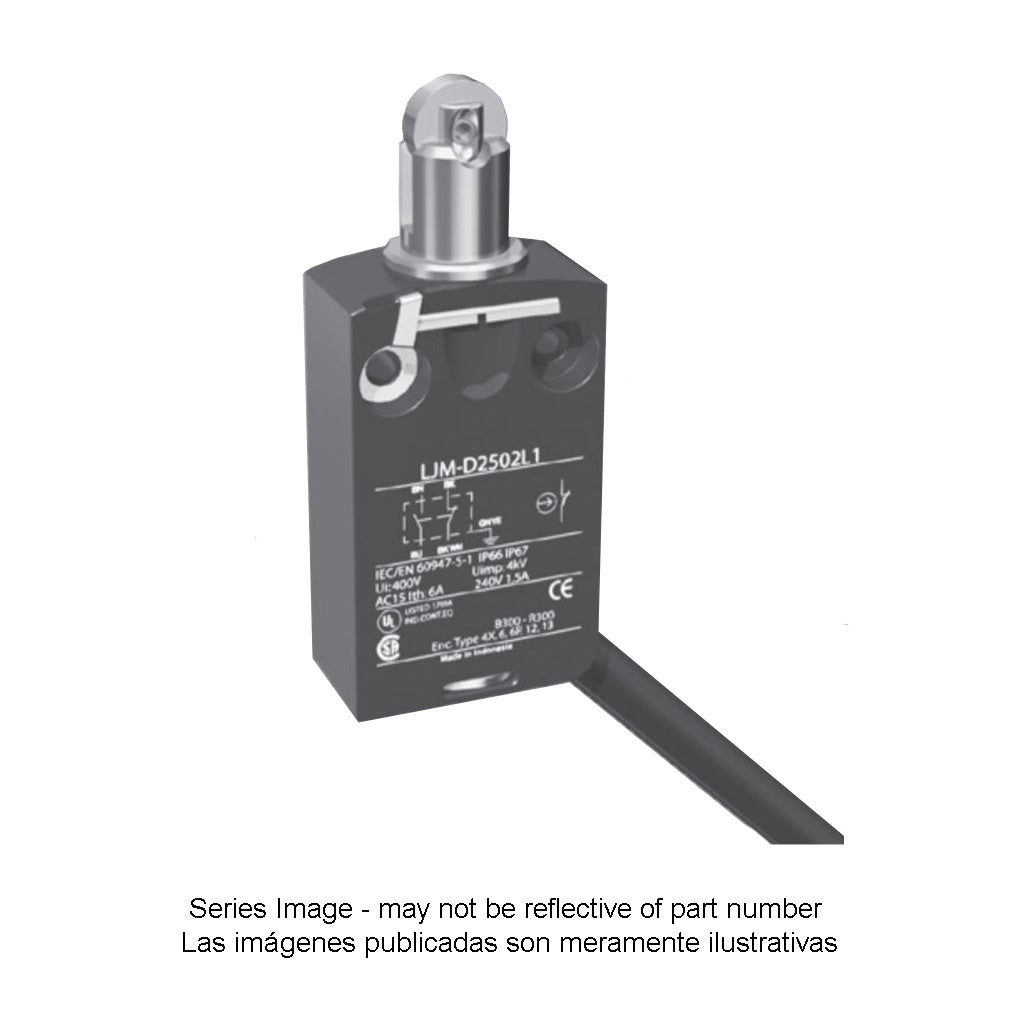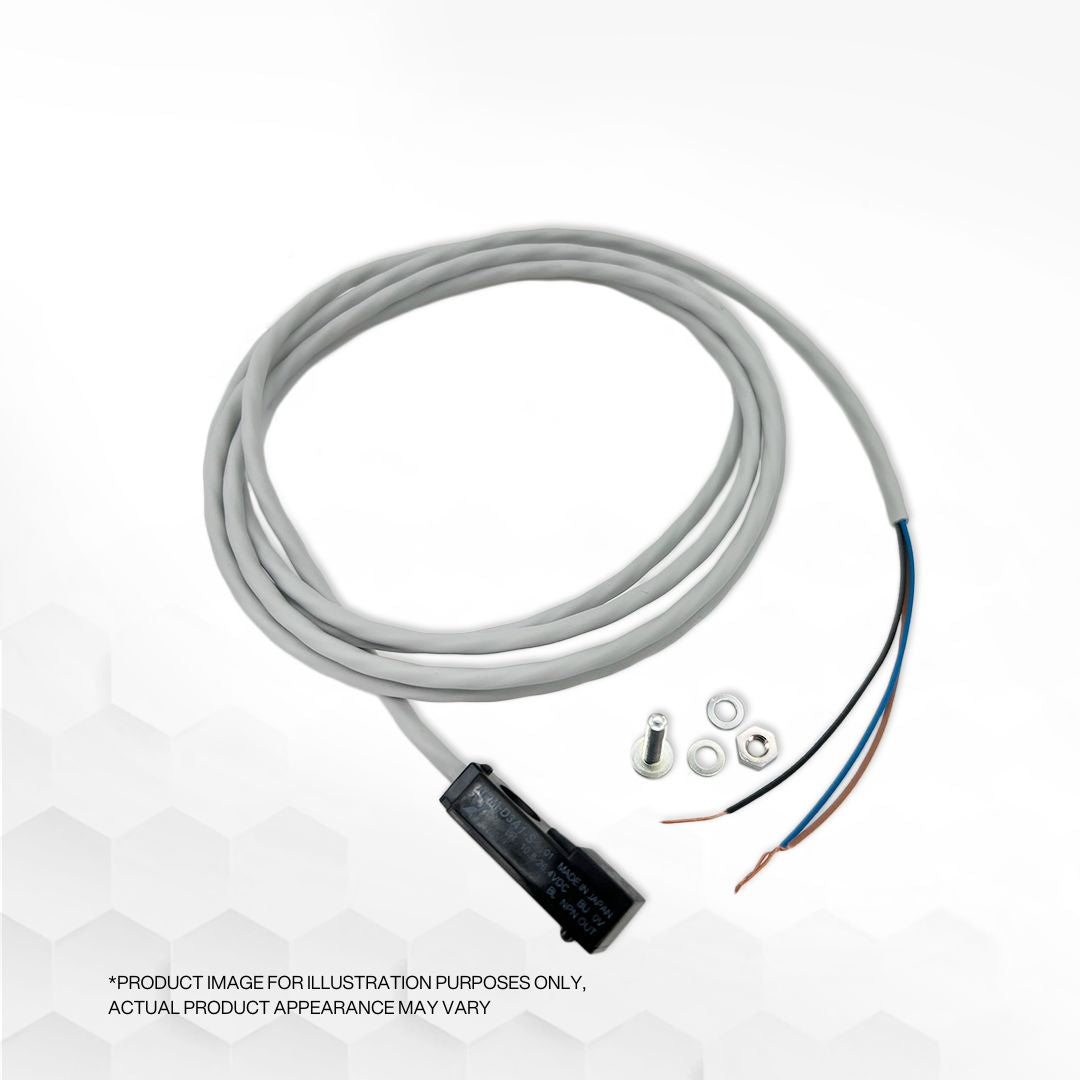
What are the Troubleshooting Guides for Proximity Sensor?
Proximity sensors are essential components that utilize high-frequency oscillation to detect ferrous and non-ferrous metal objects, while capacitive models detect non-metal objects. They are available in various models with resistance to environmental factors, heat, chemicals, and water. Proximity sensors find applications in switches, proximity devices, solenoids, contactors, or relays.
Before conducting proximity sensor testing, it is crucial to ensure that the machine is in the emergency stop (E-stop) mode. This precaution is necessary to prevent uncontrolled motion resulting from ladder logic conditions. During the testing process, it is essential to identify whether the sensor is PNP or NPN, as the voltage configuration may differ accordingly.
For PNP sensors, a positive voltage is supplied from the machine's PLC input, while NPN sensors receive positive voltage from the machine's PLC input along with a negative voltage from the power supply. Additionally, the testing should ascertain whether the sensor is normally open or normally closed. It is important to use a 24VDC proximity sensor for this testing and ensure that the meter is correctly set to the appropriate voltage.
When testing PNP sensors, one meter lead is connected to 0VDC, while the other is connected to the output wire of the proximity sensor (input to the machine). The voltage may drop slightly in certain situations, which is acceptable as long as the off state registers as 0VDC. For NPN sensors, one meter lead is connected to +24VDC, and the other is connected to the output lead of the sensor (input to the machine). If +24VDC is measured, it indicates that the sensor is active. However, it is crucial to verify that the off state reads 0VDC to ensure the sensor is not malfunctioning.
Signal noise and interference can impact proximity sensor performance. Therefore, it is essential to check the sensor cable for damage and ensure it is separated from high-power cables. Connectors and pins should also be inspected for cleanliness and proper connection.
In case of a malfunctioning proximity sensor, various symptoms and their possible causes are listed, along with suggested corrective actions. These measures can assist in resolving the problem effectively and efficiently. Proper attention to testing and maintenance of proximity sensors is vital for the smooth and reliable operation of hydraulic systems.
